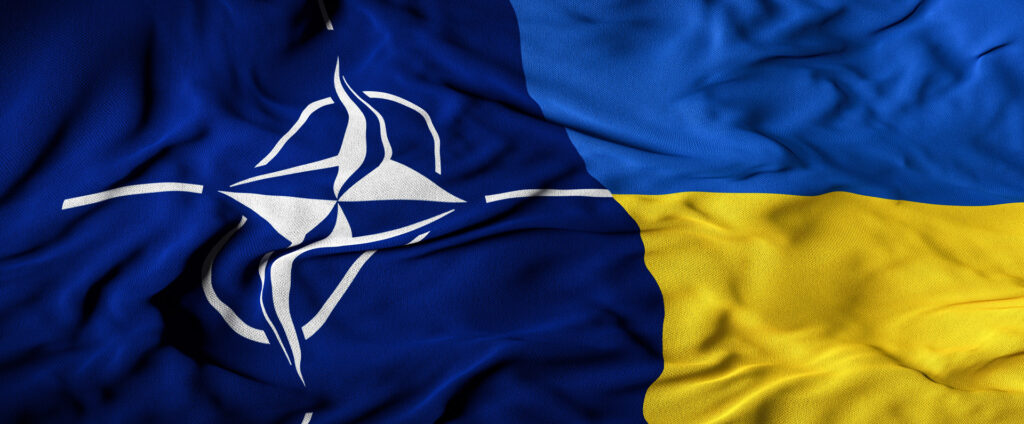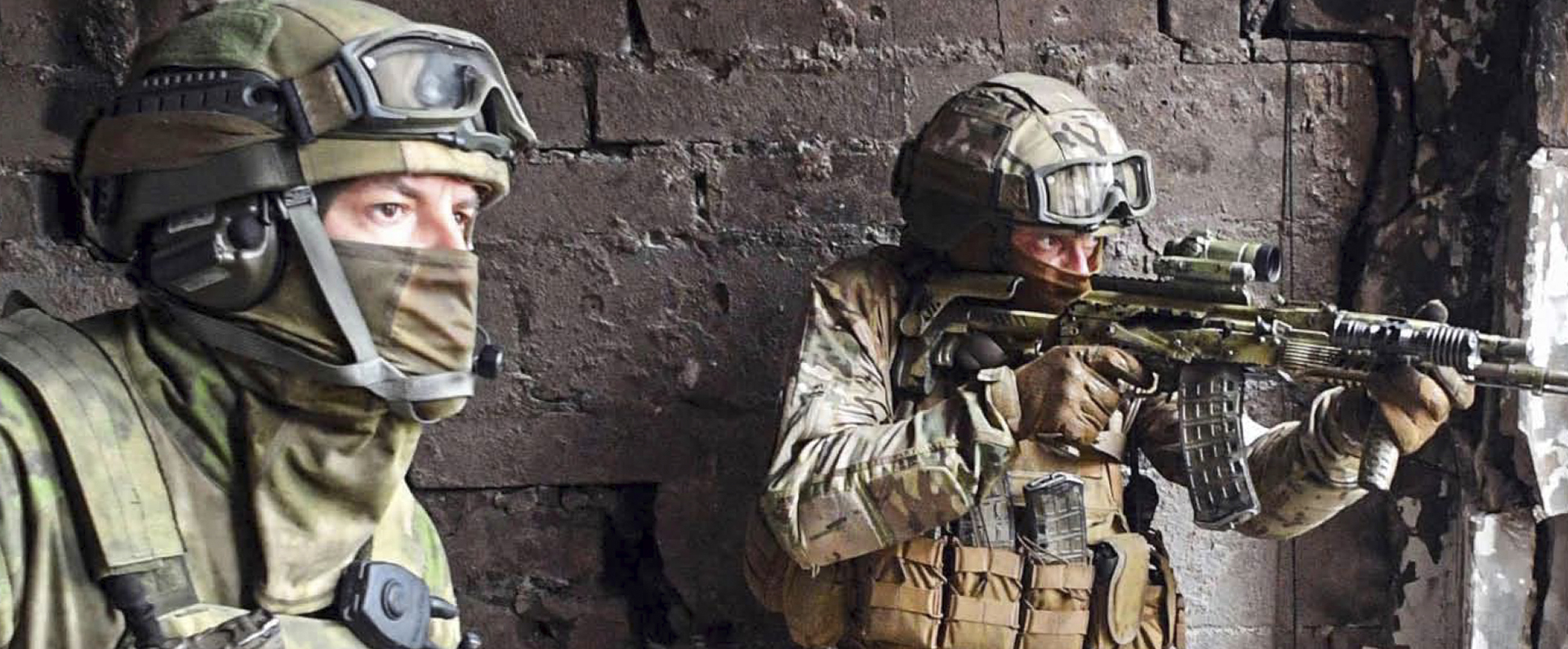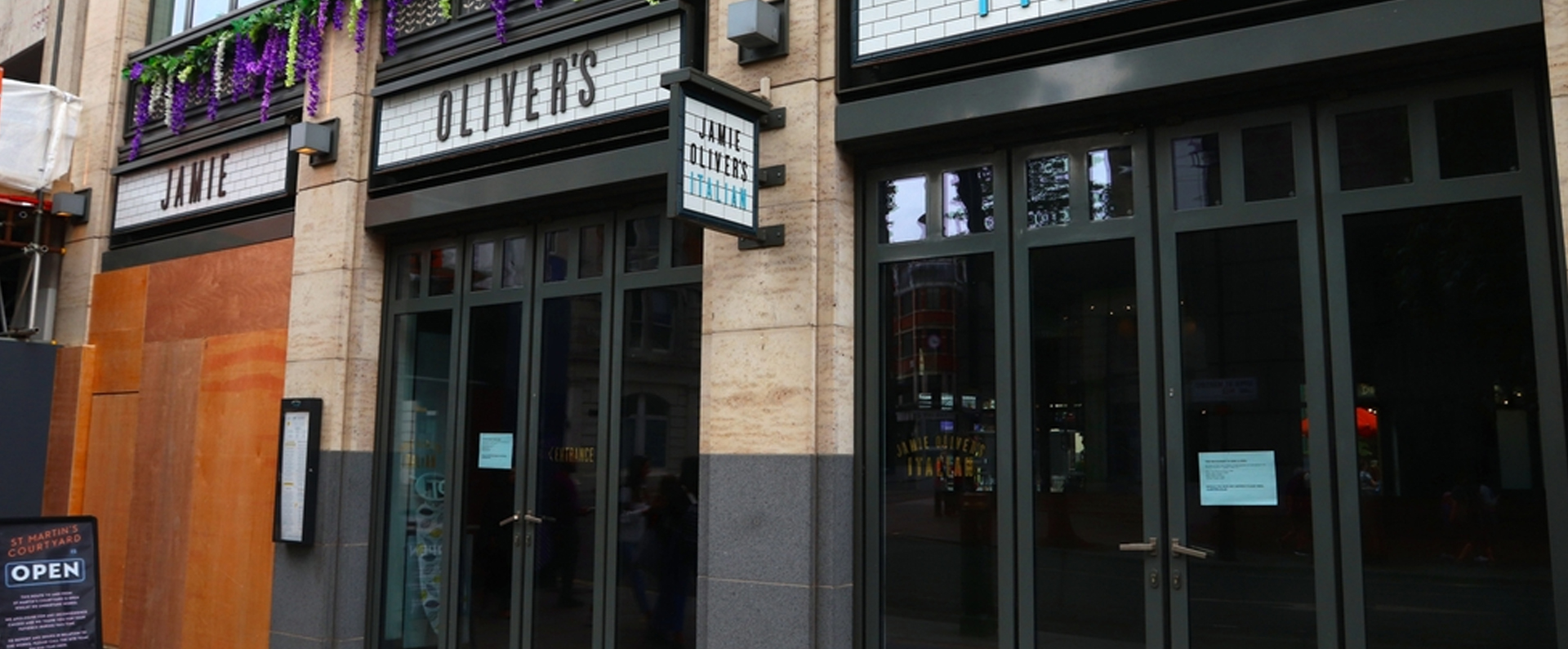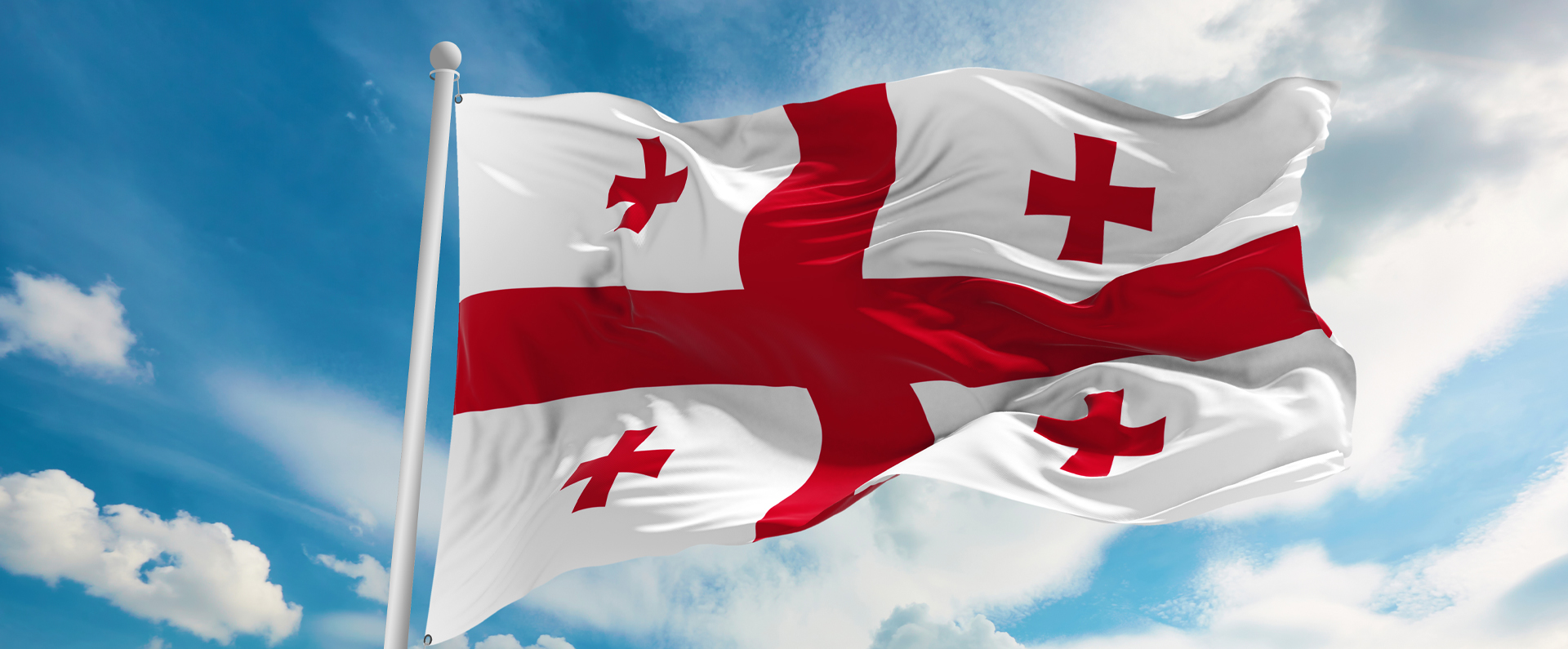
Published in The Sunday Telegraph on 19 November 2023.
A bloody stalemate, or worse, beckons unless the West sees Kyiv must speedily join the alliance.
It is widely accepted that truth is the first casualty of war. The conflict in Ukraine is no exception.
One of the most common lies being spouted by Vladimir Putin and his cronies is that Russia is effectively at war with Nato. This makes it more acceptable to explain to the mother or widow of yet another young Russian conscript killed in battle: he is portrayed as a heroic patriot, fighting to protect his homeland from the might of more that 30 Western nations.
The truth, of course, is very different. On February 24 last year, Russia attempted an unprovoked full-scale invasion of Ukraine in the belief that it could overrun its smaller neighbour within days and with no significant Nato response.
Ukraine, much to its regret, is not a Nato member, although it has long been a Nato “partner” since 1994, three years after the Soviet Union broke up. Had it been a full-blown Nato member, Russia is unlikely to have tried to invade Ukraine for fear of massive retribution by the West.
Nato – the North Atlantic Treaty Organisation – was formed in 1949 by 12 countries, including the US, UK, Canada and France. It currently has 31 members across Europe and North America, which have agreed to help one another if one of them is attacked.
Ukraine would become a Nato member tomorrow if that offer was on the table, but to date it is not – member countries fear it would lead to a massive escalation of the conflict in eastern Europe. So Nato countries continue to provide weapons and other aid to Ukraine, but without putting its armed forces on the ground.
In an essay published earlier this month, Ukraine’s commander-in-chief, General Valerii Zaluzhnyi, gave a realistic assessment of the war, which is now in its 21st month. He suggested that the conflict was at somewhat of a stalemate, and was moving towards a stage of “static and attritional fighting”.
So what now? I have visited Europe’s second largest country five times since the war began, spending much of that time in cities and towns close to the frontline. I have sounded out countless Ukrainians, military commanders and civilians alike, for their thoughts.
The dream for Ukrainians is that the West, notably the US, will give them limitless F16 fighter jets and other hi-tech weaponry to enable them to win. But that is little more than a dream as things stand today, and as “war fatigue” and the cost of the conflict grow.
There are two more gloomy scenarios now being talked about privately by Ukrainians in hushed tones. The first is to save yet more lives being lost through a partial capitulation, whereby Ukraine reluctantly cedes part of its Russian-occupied territory, perhaps Crimea and land in the east, as part of a peace deal.
The second scenario, no less appealing to Ukrainians, is a war of attrition possibly lasting up to a decade or more, which would again favour Russia. Before the war, Ukraine’s population was just under 44 million (and it is much smaller now) compared with Russia’s population of almost 150 million. So, in a prolonged war and with its greater manpower, Russia would slowly gain the advantage.
However, there is a third and more appealing scenario that I am advocating today. This is to progress on the political and diplomatic fronts – while also supporting Ukraine militarily and imposing sanctions on Russia – so that the country moves towards Nato membership and greater protection, sooner rather than later.
Significantly, Ukraine moved a step closer to EU membership last week, but it is Nato membership which is, ultimately, far more important. Some progress in this area has already been made but more is needed.
As of July, Nato agreed that Ukraine does not have to complete the Membership Action Plan process, one of the usual two requirements that would-be members usually have to meet. This means Ukraine’s path to membership will now be a “one-step process”: its invitation to join will come when allies agree and conditions on membership are met.
Furthermore, the G7 group of industrial nations (the US, the UK, Canada, France, Germany, Italy and Japan) is committed to what are called “security guarantees” to help Ukraine fight its war in the short-term and to ensure that, after this war ends, Russia never again tries to invade its neighbour. President Zelensky has welcomed these “guarantees” as a way of moving forward, but stresses they must not be looked at as an alternative to Nato membership in the long run.
One shrewd Ukrainian MP told me: “The path that I favour is to acknowledge that we will not be able to achieve victory immediately. That it will be a step-by-step process towards us achieving our goals of both an integral and sovereign Ukraine and a situation whereby Russia never again threatens our borders. Given the current situation, membership of Nato is even more important than the immediate liberation of our territories.”
In reality, the process by which Ukraine obtains Nato membership may be much slower than this MP and others would like. However, in the end, we all, including Western countries, sometimes have to take “the least worst option”.
The one outcome of this war that Nato must never permit is that Russia defeats its neighbour. It should also be remembered that bullies, whether of the playground or the global-leader variety, often back down when they are challenged.
Allowing Ukraine to have full membership of Nato and the risks that go with it are surely better than allowing a power as evil as Putin-led Russia to absorb parts, or even all, of Ukraine. That would be both a betrayal of Kyiv and would undoubtedly send the wrong message to the world at a time when global peace has rarely been more fragile.
Read this article on:
Telegraph.co.uk


